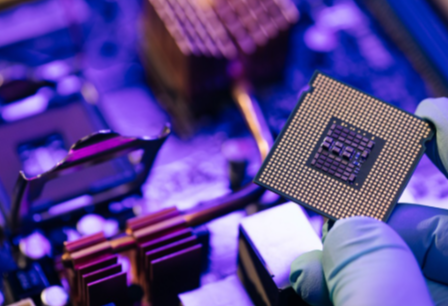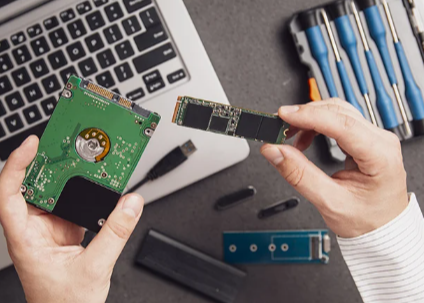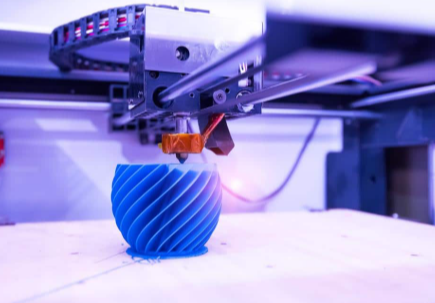Semiconductor shortages have emerged as a critical issue with widespread implications. These tiny components are essential for a vast array of consumer electronics, from smartphones to laptops. As their availability declines, prices increase and product access diminishes. Additionally, the automotive industry faces significant hurdles, leading to fewer vehicles on the market. This crisis also jeopardizes future technological advancements, raising questions about innovation sustainability. Understanding these dynamics reveals deeper vulnerabilities in our interconnected economy. What lies ahead?
The Impact on Consumer Electronics
As semiconductor shortages continue to disrupt global supply chains, the consequences on consumer electronics have become increasingly evident.
Smart devices, integral to modern living, face production delays and reduced availability. Consumers encounter higher prices and limited choices, while manufacturers grapple with the challenge of meeting demand.
This crisis underscores the fragility of supply chains and highlights the need for resilience in the face of unforeseen disruptions.
Read more: journalnewsinfo.net/the-best-tech-gadgets-you-didnt-know-you-needed/
The Ripple Effect on Automotive Industry
While the semiconductor shortages primarily impacted consumer electronics, the automotive industry soon found itself caught in the ensuing turmoil.
Disruptions in the supply chain led to significant production delays, forcing manufacturers to halt assembly lines and curtail vehicle output.
As automakers struggled to secure essential components, the ripple effect intensified, exacerbating the industry’s challenges and highlighting its vulnerability in an interconnected global market.
Future Innovations at Risk
With the ongoing semiconductor shortages threatening to extend into the foreseeable future, the landscape of technological innovation faces unprecedented challenges.
Research funding is being diverted from critical technology development projects, stalling advancements in artificial intelligence, renewable energy, and consumer electronics.
As companies struggle to secure essential components, the risk of delayed breakthroughs looms, potentially curtailing the freedom to innovate and solve pressing global issues.
Conclusion
Ironically, in a world increasingly driven by technology, the scarcity of semiconductors reveals just how fragile our interconnected systems truly are. As consumers endure higher prices and automakers grapple with production delays, one could say we’re witnessing the unintended consequences of our own progress. While we chase the latest gadgets and innovations, the very components that empower them remain elusive, highlighting the importance of resilient supply chains. In the end, it seems that our future may hinge on these tiny, yet mighty chips.



